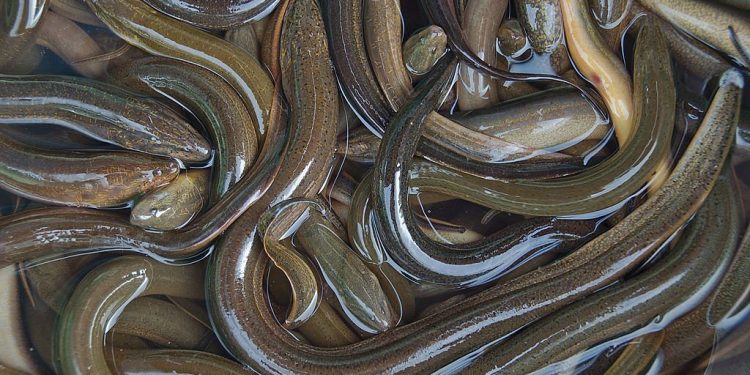Eels are an important part of the ecosystem, both because they feed on small prey and because they play a role in the reproduction of other fish species. The eel population has been declining in recent decades due to habitat loss and poaching, but there is some hope that conservation efforts will help revive this important predator species.
What is an eco-system, and how does it function?
An ecosystem is a collection of plants, animals, and their environment. It is essential for the functioning of the ecosystem that all organisms be in balance with one another. The different components within an ecosystem interact with one another to create a stable environment.
Ecosystems are constantly changing due to factors like deforestation, climate change, and pollution. However, many ecosystems still function relatively unchanged over time. This is likely because the delicate balances within them take time to recover from disruptive events.
Changes in eel reproduction over time: How have reproductive rates changed over time, and what implications does this have for the ecosystem?
There is no one answer to this question as the reproductive rates of different eels have changed over time due to a variety of factors. However, in general, eel reproduction has decreased over the past few decades. This decrease is likely due to several reasons such as habitat loss, pollution, and overfishing.
For example, in the 1950s and 1960s, juvenile eels migrated great distances to spawn in rivers throughout Europe. However, by the 1990s and 2000s, there was a significant decline in juvenile eel populations near coastal regions due to damming and other human activities. This decreased reproductive rate may have been exacerbated by increased pollution levels which made it harder for them to survive.
Likewise, adult eels are also impacted by human activity.
How do eels reproduce?
Eels reproduce through a process called ovoviviparity. After mating, the male eel deposits sperm into the female’s oviduct. These eggs will hatch into larvae which will develop into juvenile eels before making their way back up the Eel River to the ocean. Adult eels also reproduce this way, but it is less common due to their high energy demands and low reproductive rates. Ovoviviparity is thought to have arisen over 60 million years ago as a response to environmental changes that led to an increase in predation pressure on young eels. Today, ovoviviparity is only found in certain populations of elves living in slow-moving rivers and lakes with high levels of oxygenation and low levels of water movement.
Relationship between eels, their environment, and humans: How do humans affect the ecosystem, and how has the relationship changed over time?
The relationship between humans and eels has seen a lot of change over time. In the beginning, humans hunted and ate eels, but now they are an important part of the ecosystem. Eels play an important role in the food chain by eating other fish and animals. They also help to clean up pollution in the water. However, there are some things that humans need to be careful about when it comes to eels. For example, they need to be sure not to damage their environment or their reproduction rate will decline.
Conclusion:
In conclusion, eel reproduction has changed significantly throughout the years due to both human disturbance and natural factors. With continued human interference, the eel ecosystem is in danger of collapsing, but with conservation efforts, the eel population can be saved. People must learn more about eels and their environment in order to help preserve them for future generations.



